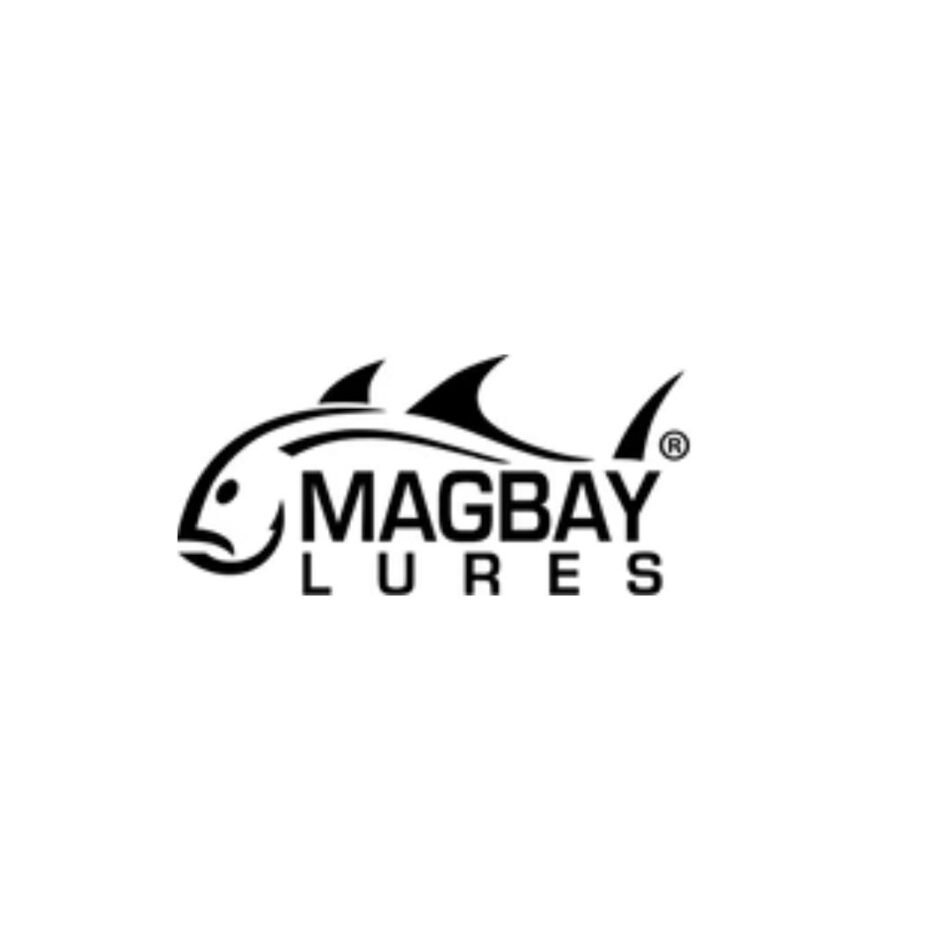Wahoo aren’t just fast; they’re strategic hunters. They follow schools of baitfish, current edges, and thermoclines. Offshore anglers quickly learn that spotting the right conditions is as critical as choosing the lure itself. Sun glints, bird activity, floating debris, and surface ripples all indicate potential strike zones.
A sudden flash on the horizon or an abrupt change in baitfish behavior can signal feeding activity. Understanding these cues lets you position your boat and lures effectively.
Every second matters- a well-placed lure in the wrong location often fails, no matter its design. This is why wahoo lures are only as effective as the angler’s knowledge of their environment. Experienced anglers often take notes on water temperature, depth, and structure because these subtle details consistently affect wahoo behavior.
Selecting the Right Lure
Choosing a lure is tactical. Action, weight, and color all affect its appeal to the predator. Bright finishes and reflective surfaces trigger curiosity, while specific sizes and shapes mimic local forage like flying fish or small mackerel.
Anglers adjust based on the speed of the fish, light conditions, and water clarity. A lure that works in calm morning waters may fail in mid-day chop, and some colors become invisible under certain sun angles.
The best results come from matching lure characteristics with observed behavior in the moment. Real offshore experience teaches that flexibility in selection outperforms any theoretical “perfect lure.” Adjusting retrieve speed, rod angle, and even lure type mid-troll is common practice among pros.
Casting for Speed: Distance and Timing
Casting isn’t just about reaching a spot; it’s about timing and line control. Wahoo strike at high velocity, so a lure must be presented where and when it can be noticed. Distance and trajectory affect the pop, flash, and surface ripple, and small errors can ruin the illusion. Retrieving at the right pace- sometimes faster, sometimes slower- mimics fleeing bait.
A lure that lands too softly or too far behind the boat often goes ignored. Experienced anglers also consider drift, wind, and current, using subtle boat positioning and trolling techniques to ensure the lure is moving naturally. Here, skill and awareness determine success, not just the lure’s engineering.
Surface vs. Deep Action
Wahoo lures perform differently at varying depths. Surface poppers create splashes that draw attention from fish actively chasing prey near the top. However, when baitfish dive or currents shift, a lure that can reach midwater or deeper layers becomes essential. Observing fish behavior in real time and adjusting depth or retrieve style makes a dramatic difference.
Some anglers even switch from popping to slow-trolling depending on strike response. An angler’s ability to read the strike zone is as important as the lure itself, demonstrating the marriage of design and field knowledge.
Observing Strikes: How Wahoo Responds
Wahoo are explosive. They often strike from the side or underneath, rarely in predictable ways. Watching the water for changes- sudden wakes, flashes, or slight directional shifts- gives clues before a hit occurs. Experienced anglers learn to anticipate strikes based on patterns rather than just chance.
Even a perfectly engineered lure will fail if presented incorrectly or without awareness of predator behavior. Timing, observation, and quick reflexes turn design into action. Many pros watch other boats and baitfish behavior simultaneously, interpreting multiple signals at once to maximize strike chances.
Endurance Matters: Gear That Lasts Offshore
Days offshore are punishing. Saltwater, sun, and repeated strikes can destroy lures quickly. Durable lures are essential for repeated use without degradation in performance. Materials, coatings, and hook quality matter, but so does consistent maintenance. After each strike or long day, inspecting lures ensures they remain effective for the next encounter.
The combination of reliability and performance is what separates good anglers from the exceptional ones who consistently land wahoo. Handling multiple strikes in succession requires lures that maintain shape, action, and color even after repeated abuse.
Brands That are Your Offshore Ally
When field-tested performance matters, Magbay Lures delivers wahoo lures built for real conditions. Every design, color, and weight is optimized not in theory, but through countless offshore trials. Anglers can rely on their lures to handle high-speed strikes, variable currents, and long days at sea.
By combining practical insight with refined engineering, Magbay Lures gives you confidence, letting your skill and observation translate into results. Offshore success isn’t just luck- it’s preparation, understanding, and the right tools working together.
The reliability and performance of a carefully designed lure can turn even a long, slow day into a successful strike session, reinforcing why proper gear is as crucial as technique in big-game fishing.
 WhatsApp Us Now
WhatsApp Us Now






